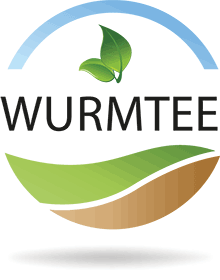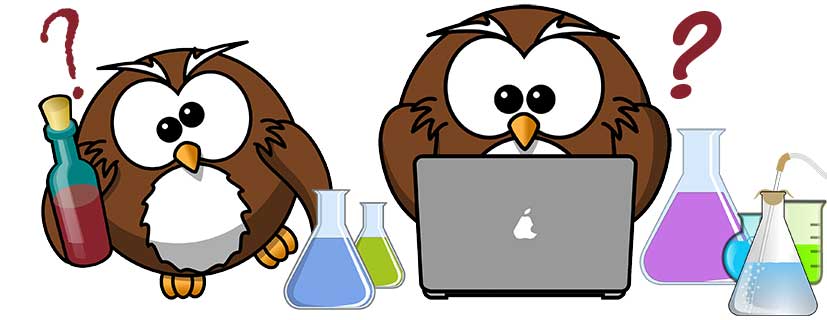Wurmkompostierung als sichere Behandlung von biomedizinischen Abfällen und Kläranlagen und deren Umwandlung in wertvollen Kompost frei von krankheitserregenden Bakterienpopulationen und Schwermetallen.
- Hassen A, Belguith K, Jedidi N, Cherif A, Cherif M, Boudabous A (2001) Microbial characterization during composting of municipal solid waste. Bioresour Technol 80:217-225
- Burge WD, Enkiri NK, Hussong D (1987) Salmonella regrowth in compost as influenced by substrate. Microbial Ecol 14:243-253
- Gliotti C, Giusquiani PL, Businelli D, Machioni A (1997) Composition changes of dissolved organic matter in a soil amended with municipal waste compost. Soil Sci 162:919-926
- Masciandaro G, Ceccanti B, Gracia C (2000) `In situ' vermicomposting of biological sludges and impacts on soil quality. Soil Biol Biochem 32:1015-1024
- Eastman BR (1999) Achieving pathogen stabilization using vermicomposting. BioCycle 40:62-64
- Sidhu J, Gibbs RA, Ho GE, Unkovich I (2001) The role of indigenous microorganisms in suppression of Salmonella regrowth in composted biosolids. Water Res 35:913-920
- Dominguez J, Edwards CA (2004) Vermicomposting organic wastes: A review. In: Shakir Hanna SH, Mikhail WZA (eds) Soil Zoology for sustainable Development in the 21st century, Cairo. pp 369-395
- Ganesh kumar A, Sekaran G (2005) Enteric pathogen modification by anaecic earthworm, Lampito Mauritii. J Appl Sci Environ Mgt 9:15-1
- Mitchell MJ (1978) Role of invertebrates and microorganisms in sludge deomposition. In: Hartenstein R (ed) Utilisation of soil organisms in sludge management. natural technology information services, Springfield, Virginia. pp 35-50
- Brown BA, Mitchell MJ (1981) Role of the earthworm, Eisenia fetida, in affecting survival of Salmonella enteritidis ser. Typhimurium. Pedobiologia 22:434-438
- Hartenstein R (1983) Assimilation by earthworm Eisenia fetida. In: Satchell JE (ed) Earthworm ecology. From Darwin to vermiculture, Chapman and Hall, London. pp 297-308
- Edwards CA, Bohlen PJ (1996) Biology and Ecology of earthworms. Chapman and Hall, London. p 426
- Dash MC (1978) Role of earthworms in the decomposer system. In: Singh JS, Gopal B (eds) Glimpses of ecology, India International Scientific Publication, New Delhi. pp 399-406
- Sinha RK, Heart S, Agarwal S, Asadi R, Carretero E (2002) Vermiculture technology for environmental management: study of the action of the earthworms Eisenia foetida, Eudrilus euginae and Perionyx excavatus on biodegradation of some community wastes in India and Australia. The Environmentalist 22:261-268
- Sinha RK, Bharambe G, Chaudhari U (2008) Sewage treatment by vermifiltration with synchronous treatment of sludge by earthworms: a low-cost sustainable technology over conventional systems with potential for decentralization. The Environmentalist 28:409-420
- Umesh B, Mathur LK, Verma JN, Srivastava (2006) Effects of vermicomposting on microbiological flora of infected biomedical waste. ISHWM Journal 5:28-33
- Monroy F, Aira M, Domínguez J (2009) Reduction of total coliform numbers during vermicomposting is caused by short-term direct effects of earthworms on microorganisms and depends on the dose of application of pig slurry. Sci Tot Environ 407:5411-5416
- Edwards CA (2011) Human pathogen reduction during vermicomposting. In: Edwards CA, Arancon NQ, Sherman R (eds) Vermiculture technology: earthworms, organic wastes and environmental management, CRC Press, Boca Raton. pp 249-261
- Aira M, Gómez-Brandón M, González-Porto P, Domínguez J (2011) Selective reduction of the pathogenic load of cow manure in an industrial-scale continuous-feeding vermireactor. Bioresource Technol 102:9633-9637


